Board layout and components
Sapphire, like AMD, uses a simple 7+2 phase design for the Pulse. The well-known IR 35217 PWM controller from International Rectifier (on the back of the PCB) handles the 7 integrated power stages SiC620A from Vishera for the GPU (VDDC, max. 60 A), which are basically asymmetric dual MOSFETs with an integrated gate driver and a Schottky diode in a common package. For the two phases for the memory (MVDD) Sapphire (like others) relies on an NCP 81022, a digital 2-phase voltage regulator, which drives a slightly smaller SiC232A from Vishera (50 A), which offers lower power, but has a very similar design. These smaller power stages can also be found in the SoC and VDDCI.
Sapphire uses a short PCB with very few active components on the back. A second 8-pin connector would have been possible, but this is an 8+6 combination. One of the VDDC phases for the GPU is fed from the motherboard slot (PEG), the rest via the external PCIe connectors. But we’ll come to balancing later.
Die nachfolgende Tabelle enthält noch einmal die wichtigsten Komponenten:
Cooler
The upper cover carries the two fan modules, each with 9 rotor blades and 9.5 cm diameter (opening 9.8 cm). There are no bigger secrets, but at least the two fans have something acoustic about them, because the speeds differ slightly from each other. But that’s what I’ll explain later in the acoustic measurements.
The GPU cools Sapphire using a simple copper heatsink that is not polished and whose fastenings must support the entire radiator. A total of 5 heatpipes made of nickel-plated copper composite material then distribute the waste heat to the one-piece finned heat sink with the horizontally arranged fins.
The memory and the voltage regulators are cooled by means of a special cooling frame (sandwich design), but one of its special features are the cooling fins mounted at the top, which considerably increase the surface area.
The backplate absorbs the waste heat from the VRM area and is thus integrated into the cooling system. The rest is optical in nature and serves mainly to stabilize the circuit board.
| Kühlsystem im Überblick | |
|---|---|
| Cooler: | Air Cooling |
| Heatsink: | Copper |
| Fins: | Aluminium, vertikally orientated narrow |
| Heatpipes | 5x 6-mm Heatpipes |
| VRM Cooling |
Cooling Frame |
| RAM Cooling |
Cooling Frame |
| Fans: | 2x 9,5 cm fans, 9 Rotor Blades Fan-Stop |
| Backplate | Aluminium Cooling Function (VRM Backside) |















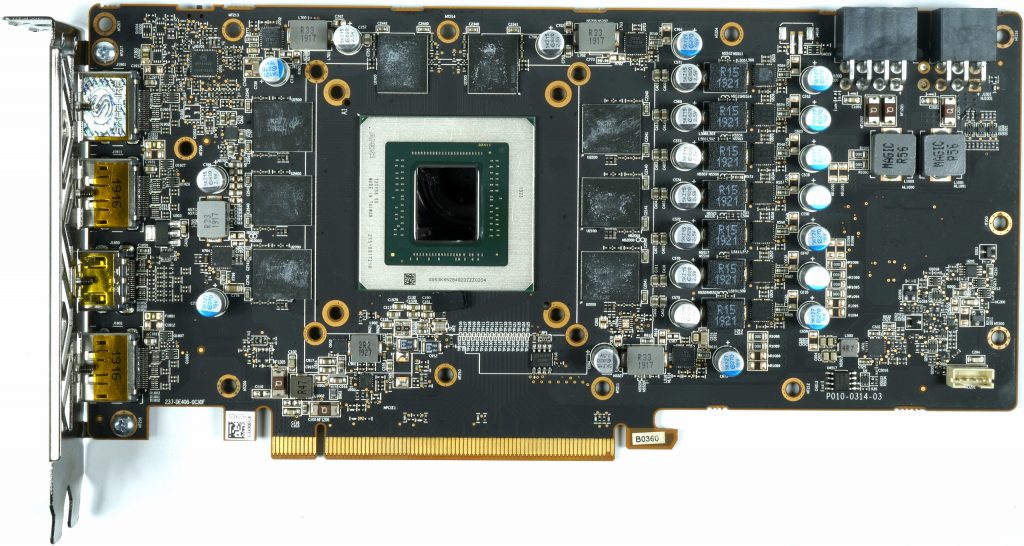
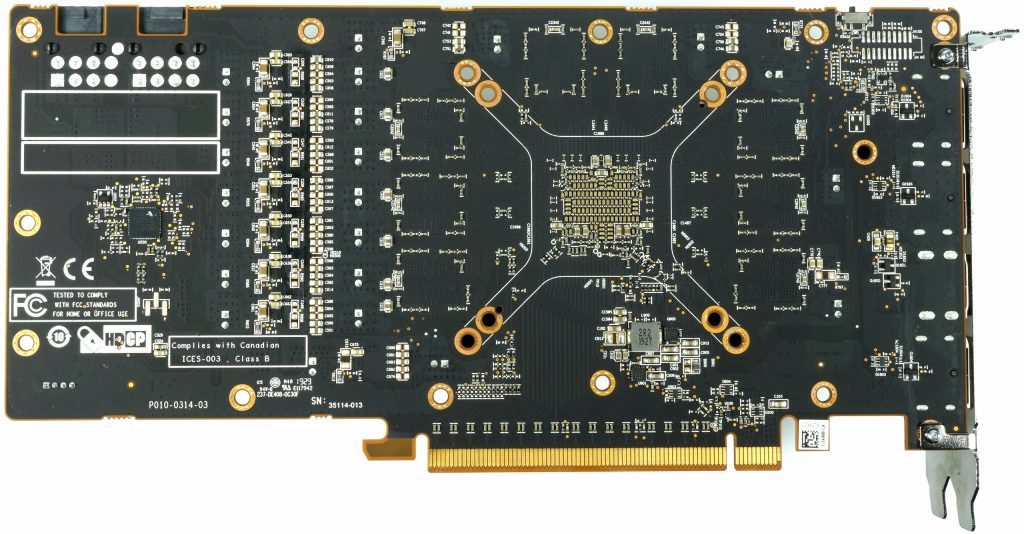
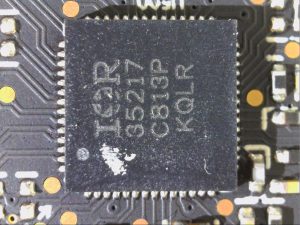
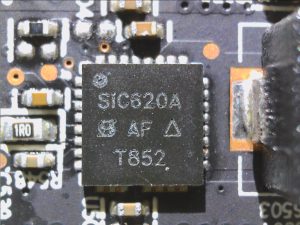
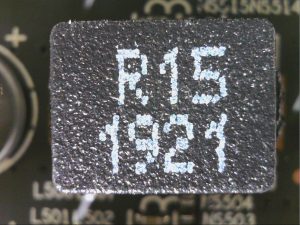
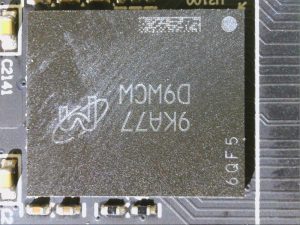
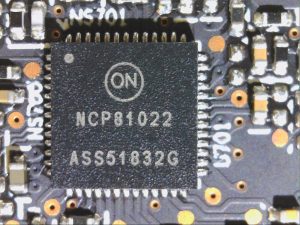
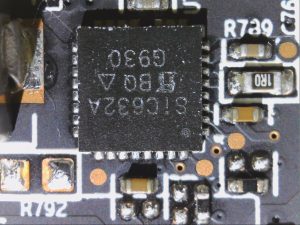
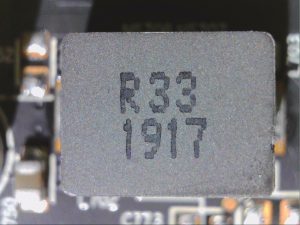
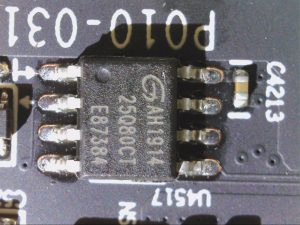
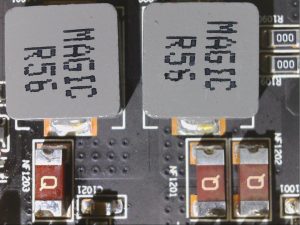
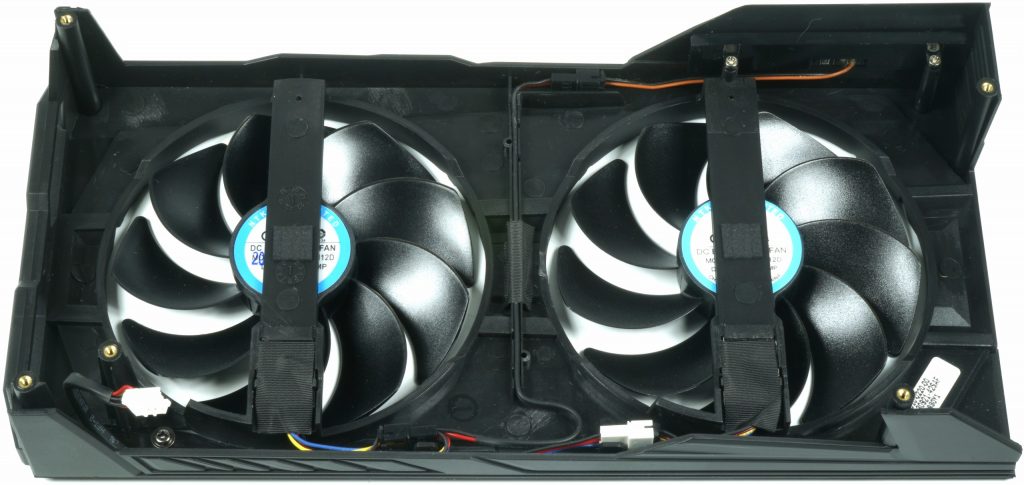
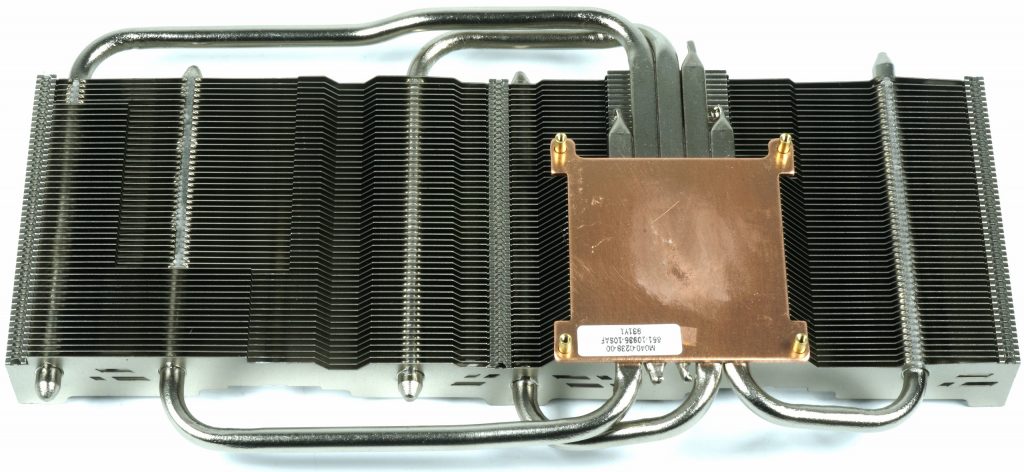
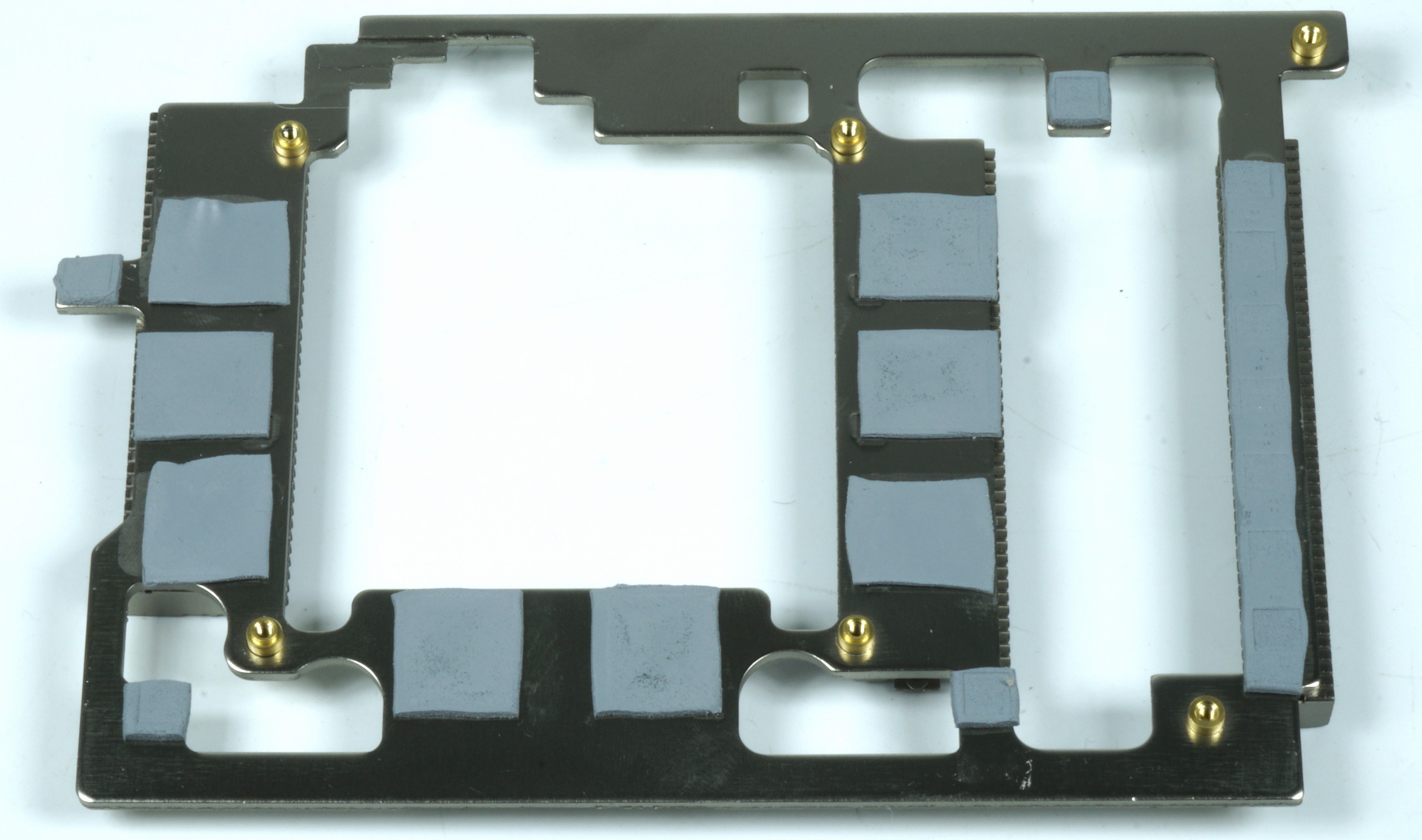
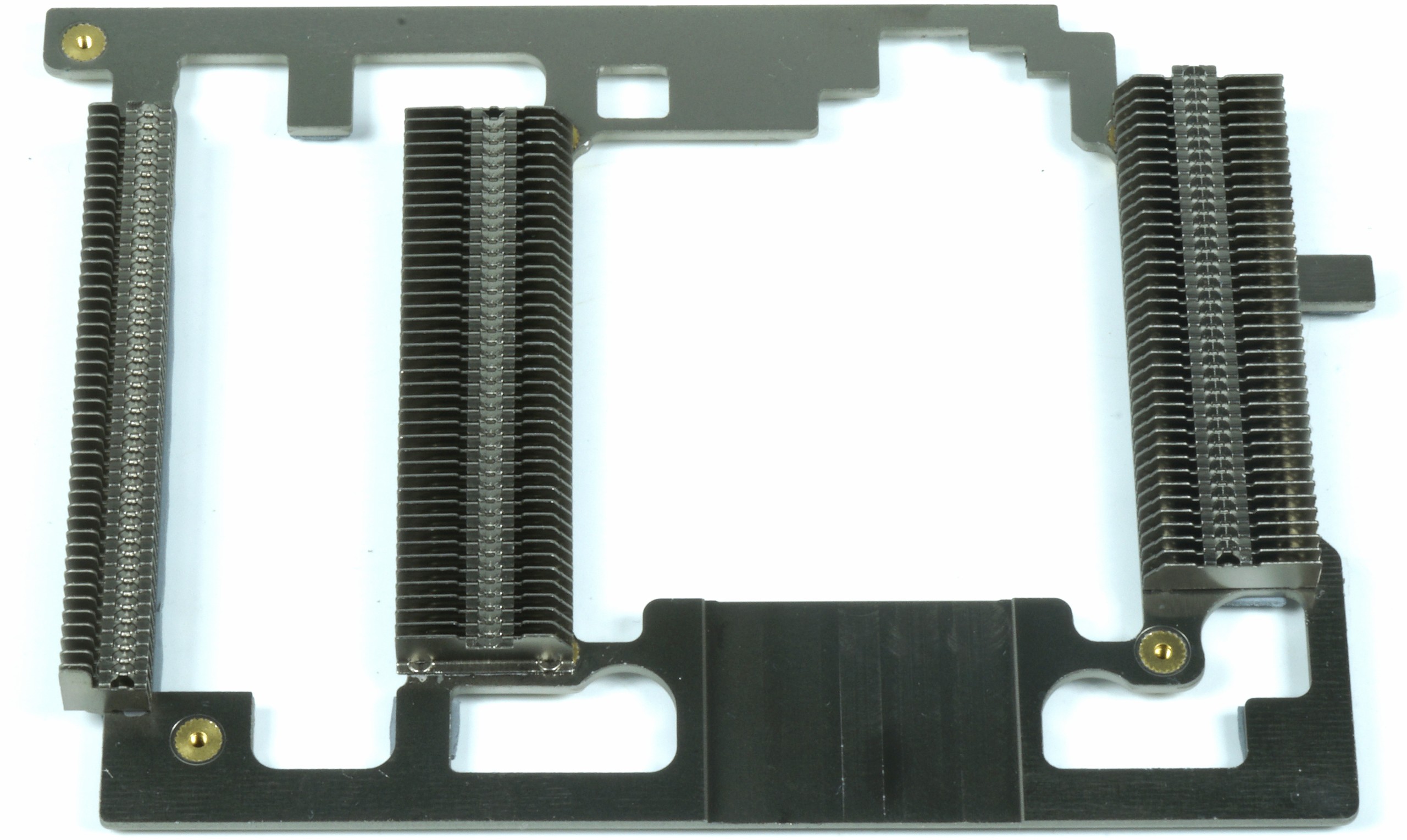
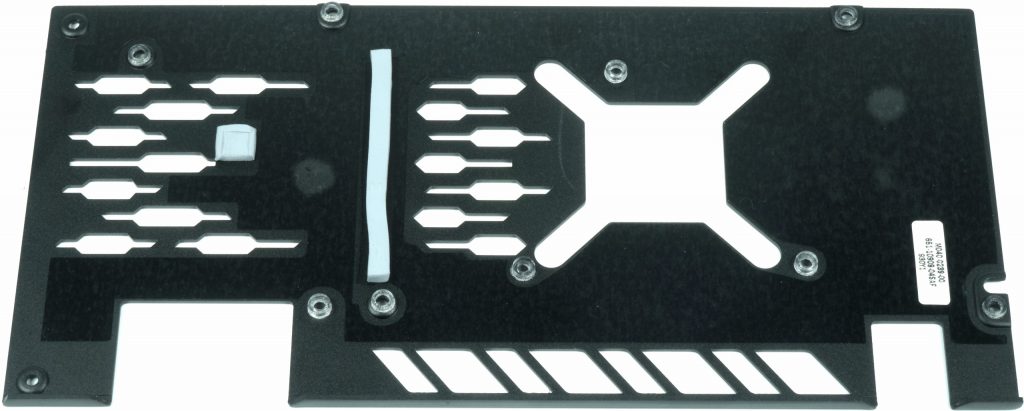

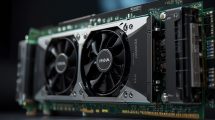


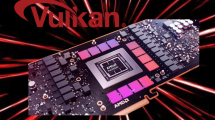













Kommentieren